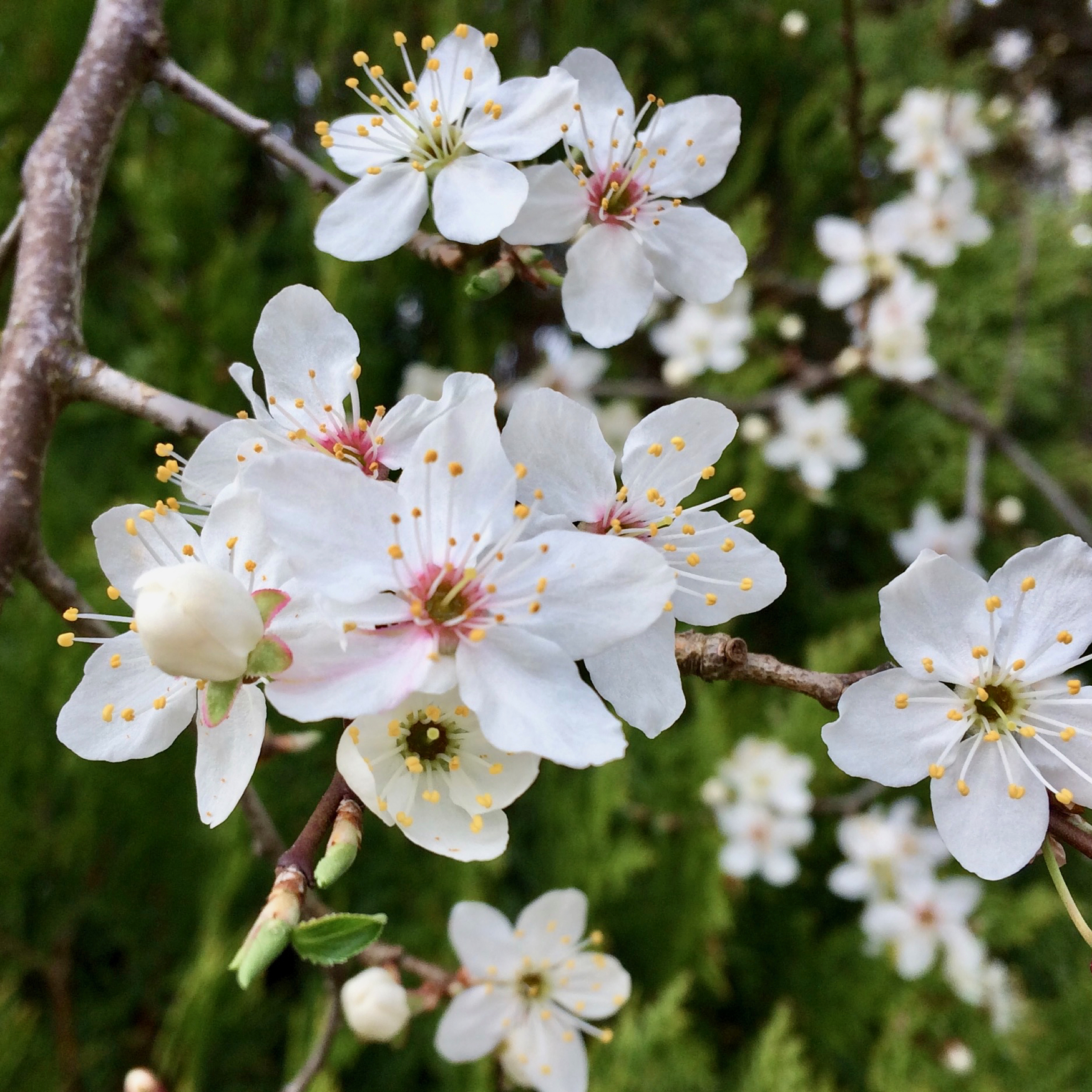On the run up to Mother’s Day, the fab Mum on a Mission has organised an interview exchange among a group of fellow SEND bloggers!
So, I would love to give a warm welcome to Beth of Little Lydia, whose interview is posted below…..

Introduce yourself
Hi I’m Beth, I’m the wife of David. I’m also the mother of 2 crazy girls.
My eldest (I’m not allowed to call little any more) is called Caitlin, she’s 8 and is AWESOME! She is into anything and everything. Last weeks favorites were trampolining, painting and coding games. This week its Lego and crochet (did I mention it’s only Monday).
My youngest is little Lydia, she’s now 16 months but I think this is forever going to be her name. Lydia was born with a condition called Dandy Walker syndrome, apparently its extremely rare.
A couple of Neurosurgeons from Cardiff felt that they could play God with Lydia’s life and she had surgery at 10 days old, as a result she developed meningitis and sepsis. This then led to hydrocephalus which couldn’t be managed for months. She was airlifted to Liverpool after making the front page of our local newspaper to have corrective life saving surgery and in one operation had a huge cardiac arrest which in turn has caused significant cerebral palsy. We have since been told the first operation was probably not the right thing for her.
This last 16 months has been a complete whirlwind of highs and lows, life and nearly death. HOWEVER Lydia is at home as I type this she is grunting at her Dad because he’s watching football and he has ignored her for more than a few minutes – how rude! She’s definitely communicating and is full of life. We LOVE having her home and being together. She’s our miracle, a gift from God and we wouldn’t have her any other way (apart from being free of all the medical issues).
What piece of advice would you give to another Mum in the same circumstances as you?
If I had to give one piece of advice it would be to never give up, don’t let anyone feel that they know your child better than you. If anyone wants to do tests in any shape or form don’t be afraid to ask what they are doing and for what reason. You are your child’s biggest and only advocate. No one will stand up for them like you and if you know something isn’t right don’t ever feel like you are being bossy or an inconvenience.
Doctors and nurses have a duty of care but that doesn’t mean they DO CARE for your child. I’m not being disrespectful but for so long I was made to feel that because Lydia had complex needs and they were experts in their field that they knew what was best for her when in fact they didn’t, I did.
It took me a long time to get my head around all the medical terms, it felt really intimidating and isolating. I read loads especially about Dandy walker syndrome, I still read loads but I also know Lydia really well now. I know her patterns and behaviors and when we go into hospital its me giving instruction about what I think is wrong.
If you aren’t being listened to ask for a second opinion. It is illegal to refuse a second or a thousandth opinion.
What’s the best piece of advice another Mum has given you?
The best piece of advice another mum has given to me, has to be from a good friend of mine. She is an amazing mother. Her kids are some of the kindest and best behaved children I’ve met and she has 5 of them! She said never be afraid of saying no, either to your children or other parents or even grandparents. Providing its done out of love and for the best reasons. If you think something isn’t right for your child say no and stick to it. Also don’t be afraid of what others think if you do say no, they are your children.
I saw her saying no to one of her children once. I cant even remember what it was over but she said it very calmly but directly. He shrugged and walked off. NO FUSS… NO TANTRUM!!! I was like…. How did you get him to do that…? Gob-smacked! She replied so calmly and graciously – he knows when I say no, I stick to it. Fair enough it works, it took some doing and sticking by. Accompanied by a ton of guilt and crocodile tears. It’s not always a tantrum free zone because, lets face it kids are kids. But Caitlin now accepts (generally tantrum free) if we say no its no, regardless of who is present. #winning!
What one thing did your mum always used to say to you which you have found yourself repeating since becoming a Mum?
My mum always used to say and still does, just take one day at a time. I say this A LOT now.
Who would play you in a movie of your life?
I would love to say Rachel McAdams, I love her.
What are your plans for Mother’s Day this year?
My plans and prayers for mothers day this year are to be hospital free and the whole family to be in good health. Anything outside of that is a huge blessing to us.
If you could go back to the beginning, what would you tell yourself as a new Mum or as a Mum of a newly diagnosed child?
If I could go back to the beginning of my journey as a mum, I would tell myself to stop worrying so much on what others think about anything. That their opinion doesn’t count for anything.
I would tell myself to give me a break, it’s ok to have a nap and not be dressed and made up all day every day, its ok for the kids not to have a room FULL of toys and stuff because all they want is time. Precious time.
I would tell myself that a fancy house, a fancy job and fancy clothes don’t count for anything when your child’s health is at risk. Enjoy the little things.
What is the biggest battle you’ve faced as a Mum?
The biggest battle I’ve faced as a mother is getting others to listen and respect my daughter Lydia.
She is a person not a neurological condition. Not a mistake. Not a regret. She’s a person in her own right, with her own mind and her own personality which we are to respect and accept.
zzI have had to see her on life support more times than one should. I’ve also seen her have a cardiac arrest, which no mother should ever have to witness. She has been through way more than the average child or human has ever been through and she deserves the right to be acknowledged, appreciated and loved as Lydia. Perfect the way she is.
If you were PM for the day what would you change to make life easier for Mums of disabled children?
If I was PM for the day, I would scrap the age limit on DLA mobility. You either need a car for mobility purposes or you don’t. There shouldn’t be an age limit.
We currently don’t own a car, we have to borrow my parents to get back and forth to appointments, which is at least three times a week. I have to push Lydia to the car, take her out of her wheelchair still attached to oxygen wires on the wheelchair and a feeding pump, again wires attached to her face that lead into a bag that feeds her. Then position her properly – she cant support her head properly by herself yet. Then take the suction machine from the wheelchair and place it into the car followed by her feeding backpack and oxygen backpack. Clip her in her seat, before taking the wheelchair to the back of the car and having a full on fight to take it into 3 parts which is not only complicated but extremely heavy, especially in the pouring rain! After all that I then have the delight of a free but frequent game of tetris to fit it in the boot in a certain order or the boot wont close. All because Lydia is small enough to carry without needing mobility!
I would also like to see changing places pretty much every where!
I would make it legal for specialist doctors and consultants to perform surgeries on children privately in the UK without all the red tape. Some children need expertise from world specialized consultants but are too poorly or vulnerable to travel to the needed care. Therefore provided said consultant has all the right certification and the parents were willing to pay privately then that consultant should be able to perform or treat the child as needed within the UK.
What’s the best thing about being a Mum?
The best thing about being a mum is witnessing all the firsts.
The first bath, the first time leaving hospital, the first smile.
Caitlin’s 8 now and it still doesn’t get old. She managed to skate the length of our garden all by herself a few weeks ago. It was amazing, she was so chuffed with herself and I was so happy that we stuck it out with her.
It really is a great day whenever one of the girls get a first. It makes all the hard work worth it by a million times.
Funniest moment as a mum?
My funniest moment as a mum… that is impossible to say I live with a comedian of a husband and the kids follow suit. They are very much Daddy’s girls. Caitlin has great one liners, which are hilarious. Even listening to her laughing makes me howl with laughter. Lydia pulls the funniest of faces and pretends to sleep if she doesn’t want to partake in conversation with you. A particularly funny time was at Christmas when I let Caitlin decorate the tree and found Lydia covered in silver tinsel and a big bow on her head happy as Larry!
Who are your favourite Mum bloggers?
I don’t have a particular favorite mummy blogger. I read a range of blogs depending on my mood and where the kids are at.
I do have a keen interest in reading blogs about accessible places and what works for both of my girls.
Also if I’m struggling with a particular thing I might go to pinterest and see what other mums have to say about it. I find that others mums and their experiences (especially medical ones) have a much deeper understanding and better handle on giving great advise compared to a person in a paid role with no real hands on experience.
What is your life motto?
“The Lord is in control. This is exactly where he wants me to be right now”
Finally, if you won the lottery today, what’s the first think you would buy?
I would buy a car and adaptations for my home.
After that I would spend the rest of the money on research into a cure for Hydrocephalus. It’s a very complex condition with no research in the UK. 400,000 neurosurgeries a year are for shunts to manage hydrocephalus. Shunts only have a 50% success rate and many people have to keep having repeat neurosurgery because there is currently no cure.
I would like to change that, not just for Lydia but for all people.
You can find Beth’s blog, and follow her on social media, here:
Blog URL: www.littlelydiablog.wordpress.com
Facebook: littlelydia.co.uk
Instagram: Bethsworld101
Pinterest: bethsworld101
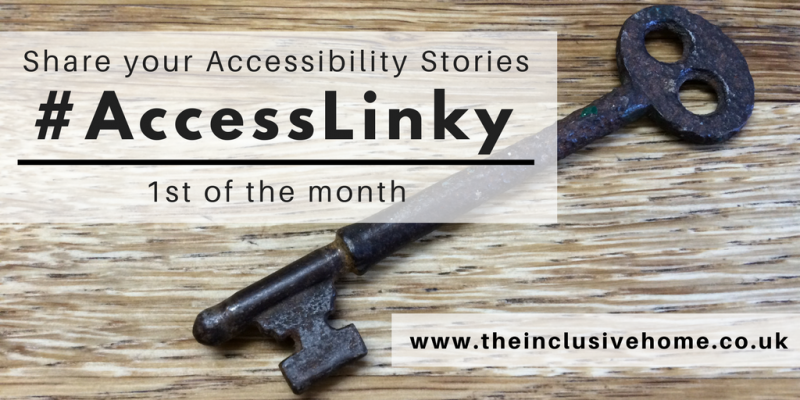
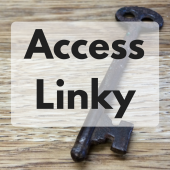
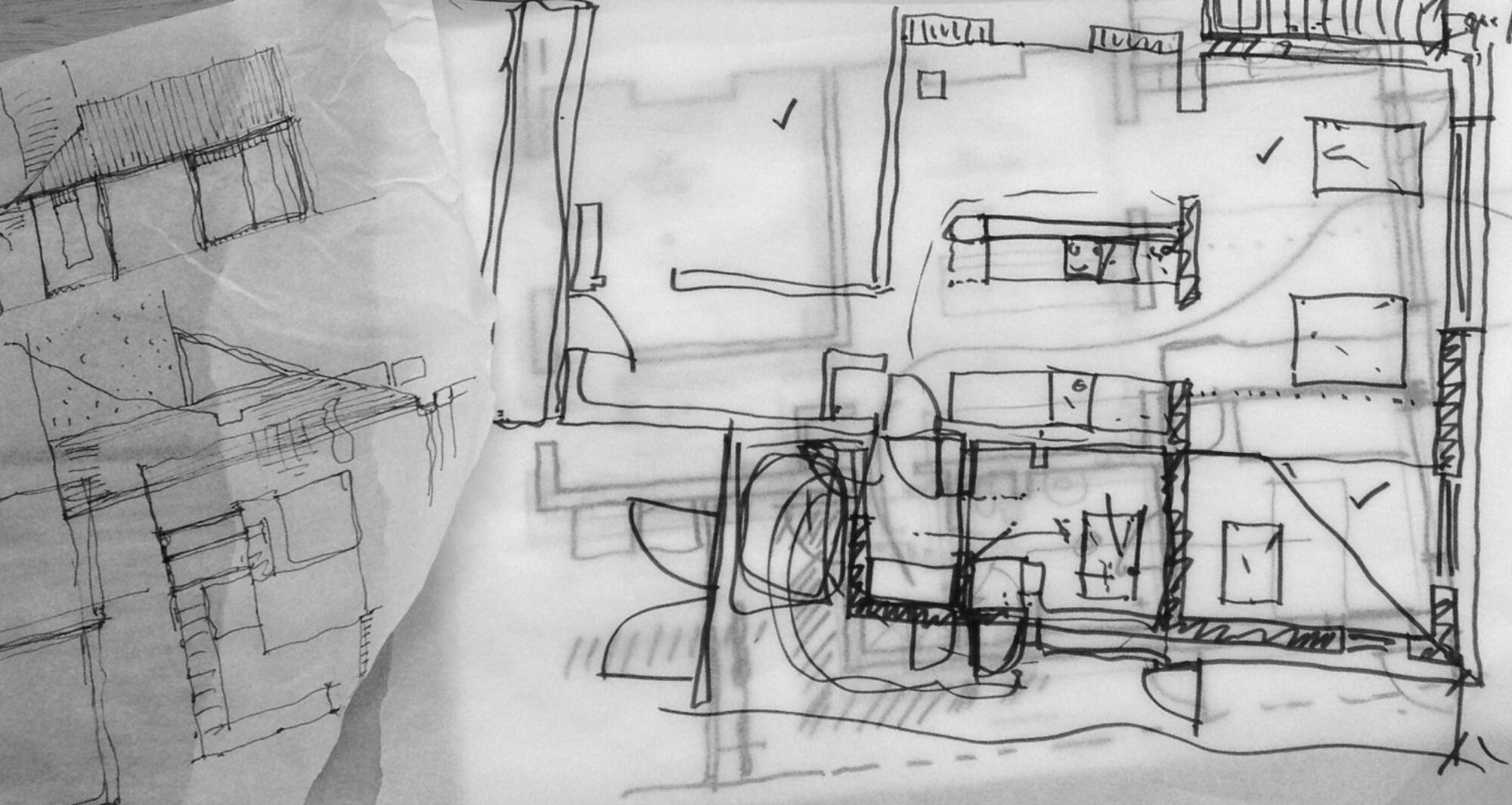
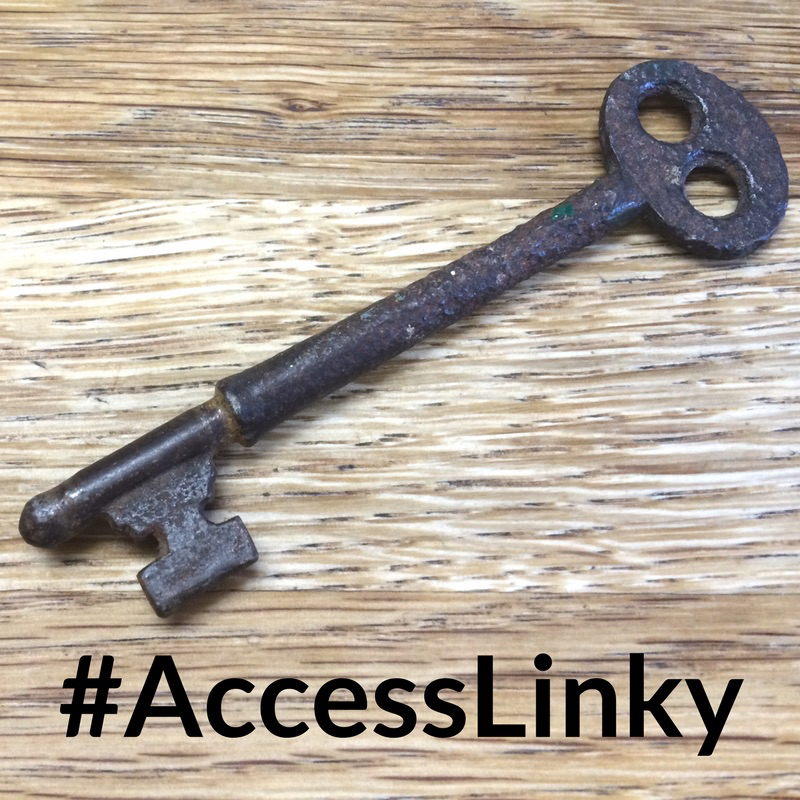
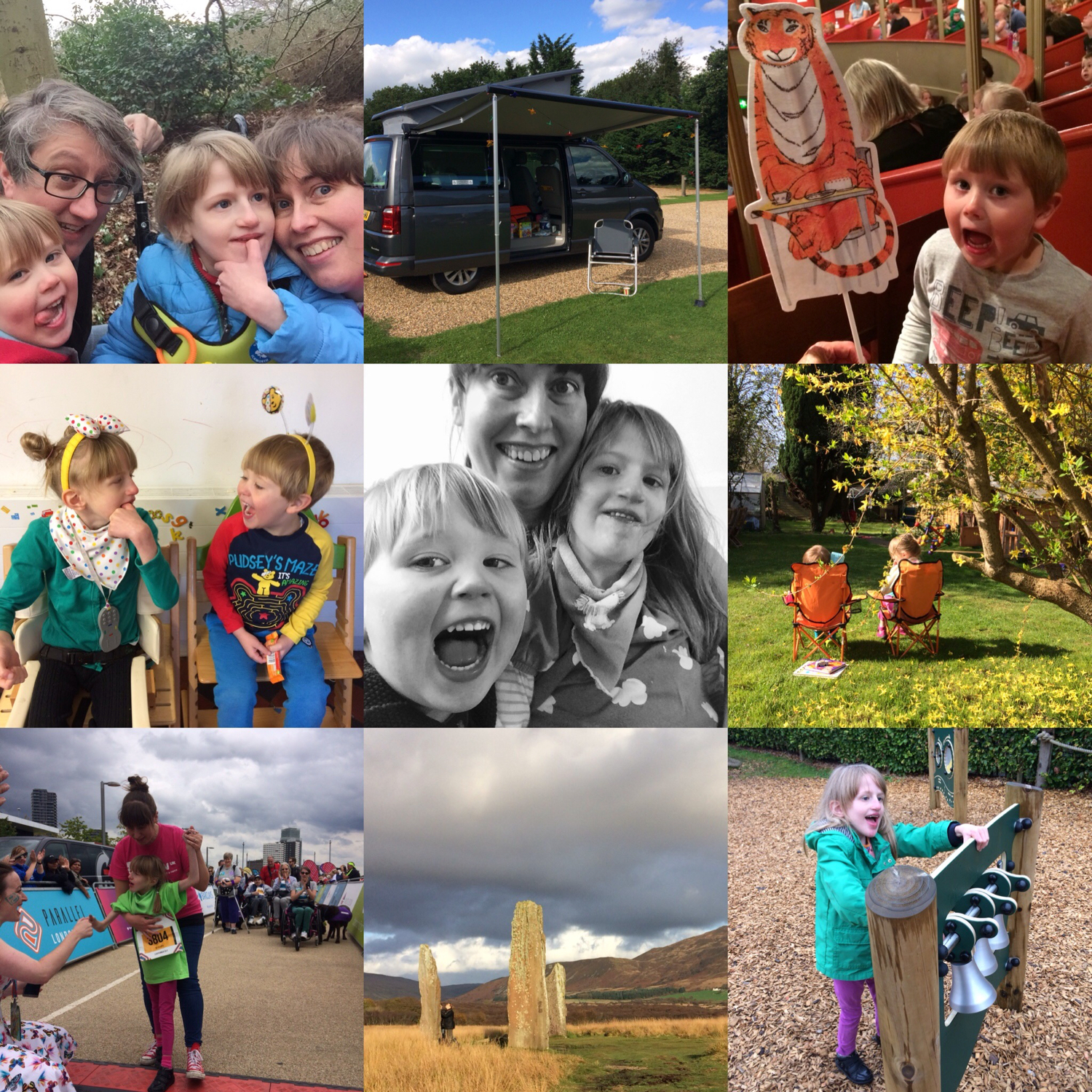
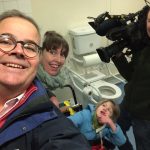 This media attention lead to our family being featured in a little film with our local BBC new channel, which I wrote about
This media attention lead to our family being featured in a little film with our local BBC new channel, which I wrote about 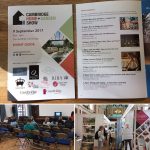 I also want to give a huge thanks to Jennifer of the
I also want to give a huge thanks to Jennifer of the 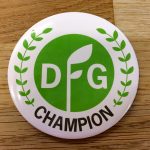 Another housing thing I went along to this year was a DFG Champions Roadshow, run by Foundations HIA, to help link up professionals keen to improve the DFG (Disabled Facilities Grant) process. It was interesting to see all the work going on behind the scenes and the efforts going on to improve things all the time. As someone slightly on the edge of the process it was really nice to be welcomed into the Champions, and my ideas and experiences welcome in the debate. Some of the info from the roadshow I attended, and the others that have been held can be viewed on the
Another housing thing I went along to this year was a DFG Champions Roadshow, run by Foundations HIA, to help link up professionals keen to improve the DFG (Disabled Facilities Grant) process. It was interesting to see all the work going on behind the scenes and the efforts going on to improve things all the time. As someone slightly on the edge of the process it was really nice to be welcomed into the Champions, and my ideas and experiences welcome in the debate. Some of the info from the roadshow I attended, and the others that have been held can be viewed on the 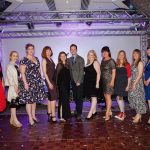


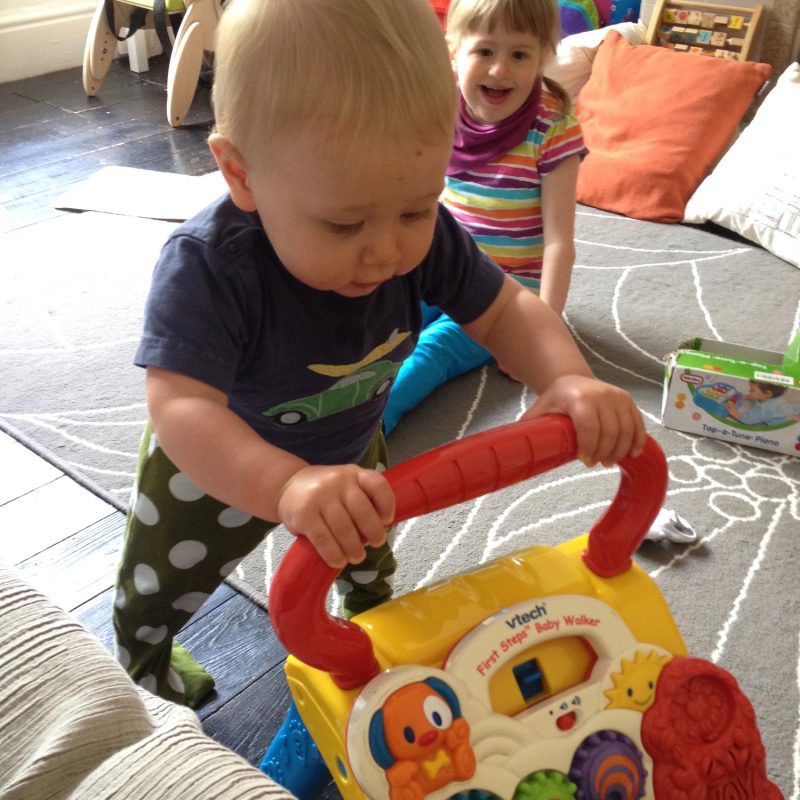 2. You don’t have to be old or disabled
2. You don’t have to be old or disabled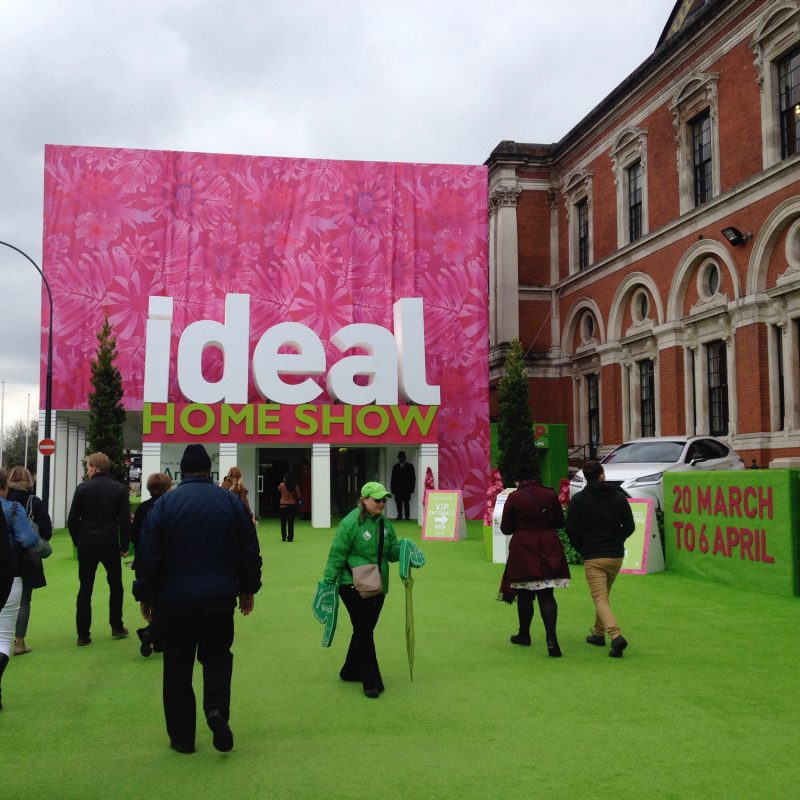 3. Good design principles
3. Good design principles 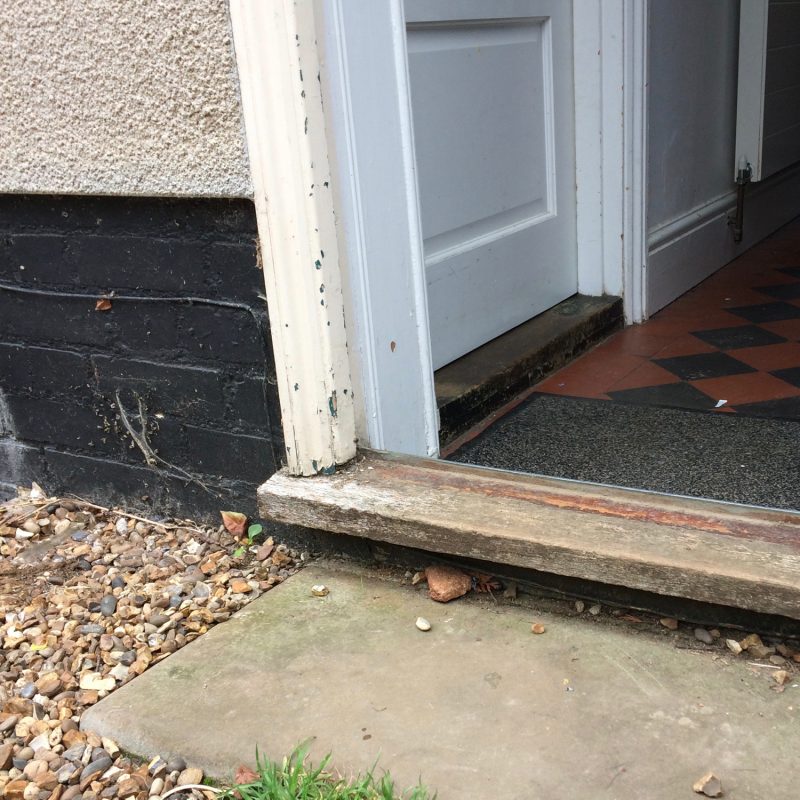 7. Thresholds and doorways
7. Thresholds and doorways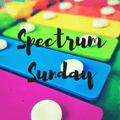

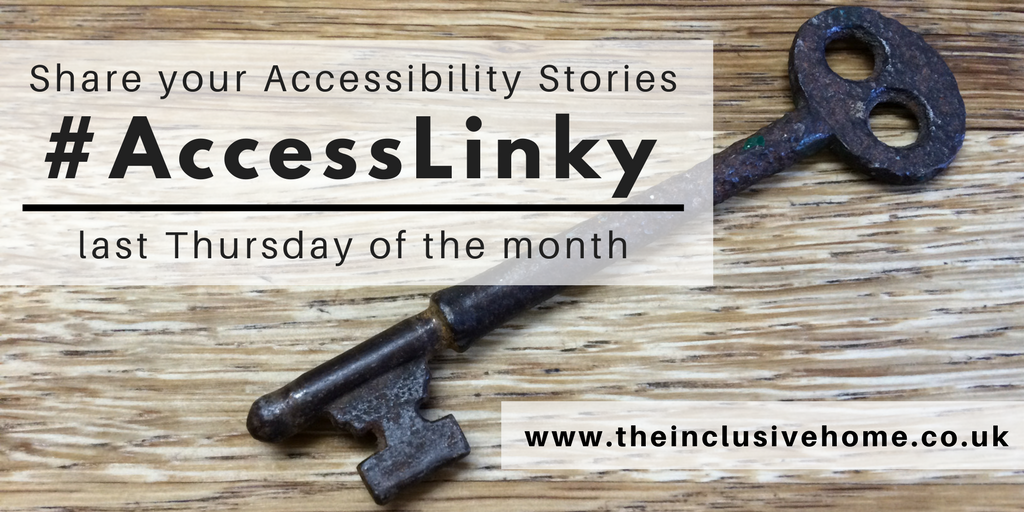
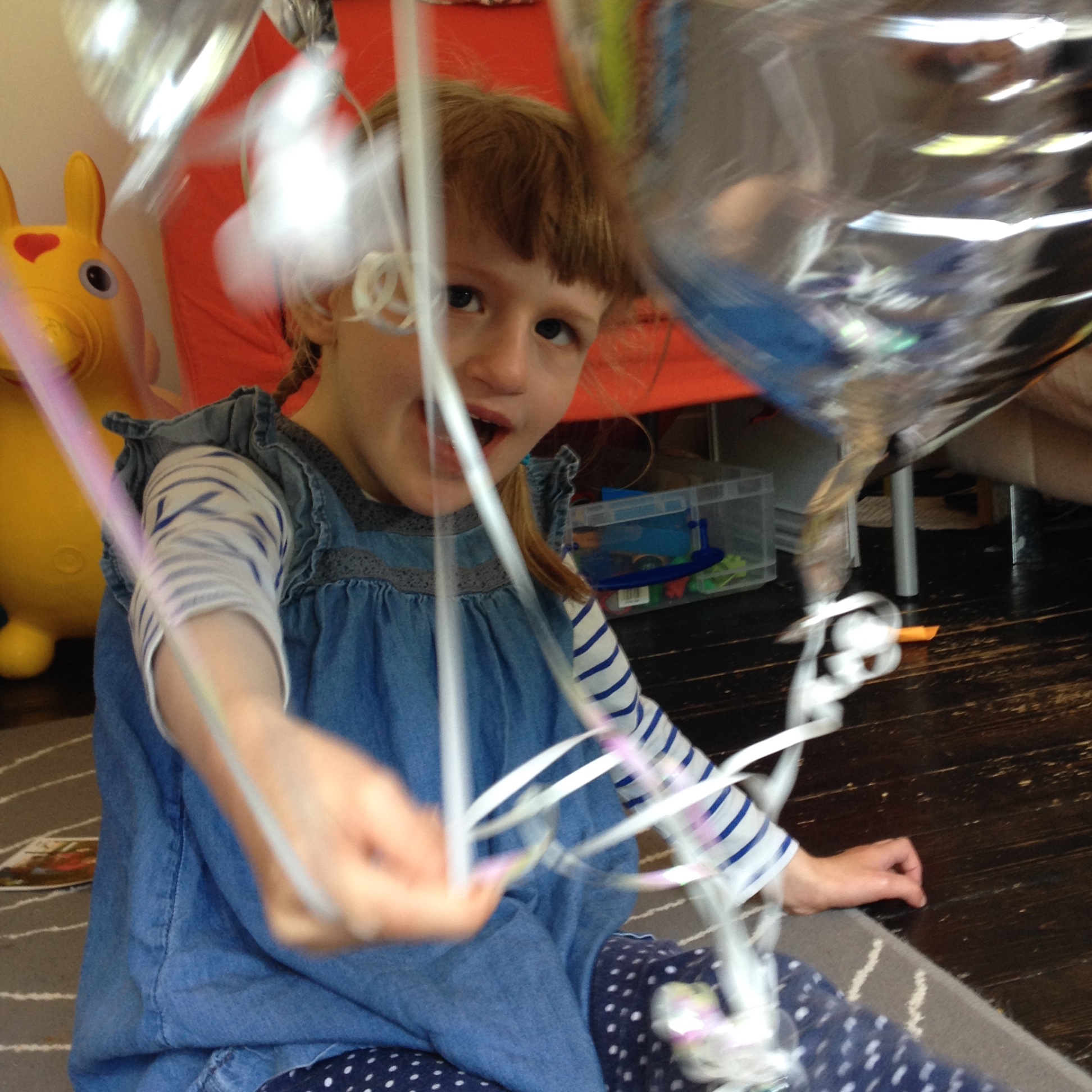
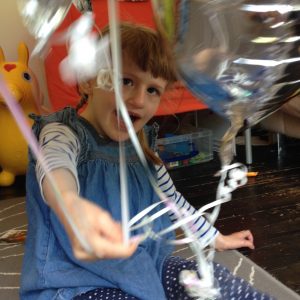 In addition to the forums, SWAN also organise and fund lots of family get togethers throughout the country! We’ve been to the zoo, a maize maze, to a soft play party and on a train ride over the time we’ve been members! I’ve loved meeting some of the other localish families in real life, lovely to meet the children, and them to meet each other, and I think as W grows older, meeting the siblings of other undiagnosed children will also become really important for him.
In addition to the forums, SWAN also organise and fund lots of family get togethers throughout the country! We’ve been to the zoo, a maize maze, to a soft play party and on a train ride over the time we’ve been members! I’ve loved meeting some of the other localish families in real life, lovely to meet the children, and them to meet each other, and I think as W grows older, meeting the siblings of other undiagnosed children will also become really important for him.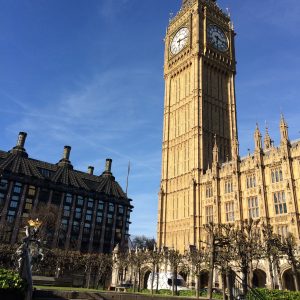
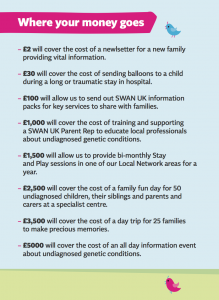 SWAN UK are asking us to be detectives today and help find those families (like ours) who could benefit! Help us spread the word!
SWAN UK are asking us to be detectives today and help find those families (like ours) who could benefit! Help us spread the word!

